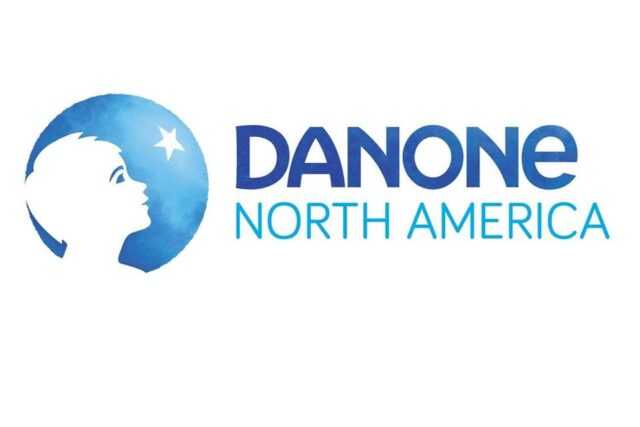BRIDGETON, NJ, U.S. – Danone North America today announced that its plant in Bridgeton, NJ became the first of its manufacturing locations in the U.S. to achieve “Zero Waste to Landfill” status. The Zero Waste journey involves a constant evaluation to optimize the choice and usage of materials and a strong commitment to eliminating waste, not just treating it. Danone North America defines “Zero Waste to Landfill” as follows:
- Less than 1% of non-hazardous waste is disposed to landfill;
- No hazardous waste is sent to landfill;
- Incineration without energy recovery is prohibited, except for hazardous waste disposal as required by law; and
- Less than 50% of waste is processed into a fuel source.
“When Danone North America achieved B Corp Certification in 2018, we made a public commitment that our business decisions would also be good for the planet and the people who live on it,” said Mariano Lozano, CEO of Danone North America. “We live that commitment in the actions we take every day, and our team of over 100 colleagues in Bridgeton, New Jersey is setting a great example by bringing our goal of Zero Waste to Landfill a reality. I’m grateful for the dedication our team has shown so far, and I am confident they will be able to support and guide our other manufacturing facilities across North America in establishing a culture of Zero Waste so that they will also reach the same milestone.”
Achieving Zero Waste to Landfill at the Bridgeton plant will keep more tha 40 tons of waste out of the landfill this year alone. To learn more about the approach of Danone North America to driving a circular economy visit http://www.danonenorthamerica.com/wp-content/uploads/2018/12/NA-Circularity-Commitments-Fact-Sheet.pdf.
The first step to achieving Zero Waste to Landfill is increased production efficiency to reduce waste throughout manufacturing, office and research and innovation activities. Waste includes any material no longer intended for its original use that is required to be recovered (i.e. recycled, reused, composted) or not recovered (i.e. landfilled, incinerated without energy recovery). This includes sludge, by-products of food making, food waste, packaging waste, hazardous, and other non-hazardous waste. The achievement was accomplished with support from Veolia, which provides counsel and services to help eliminate waste, while increase recycling and reuse.













